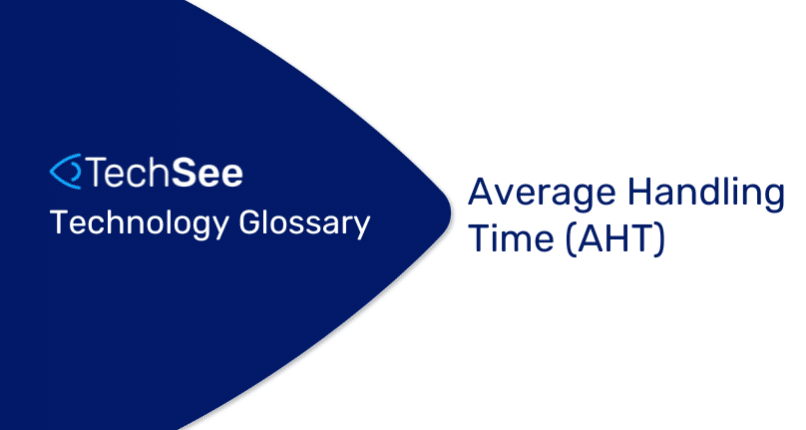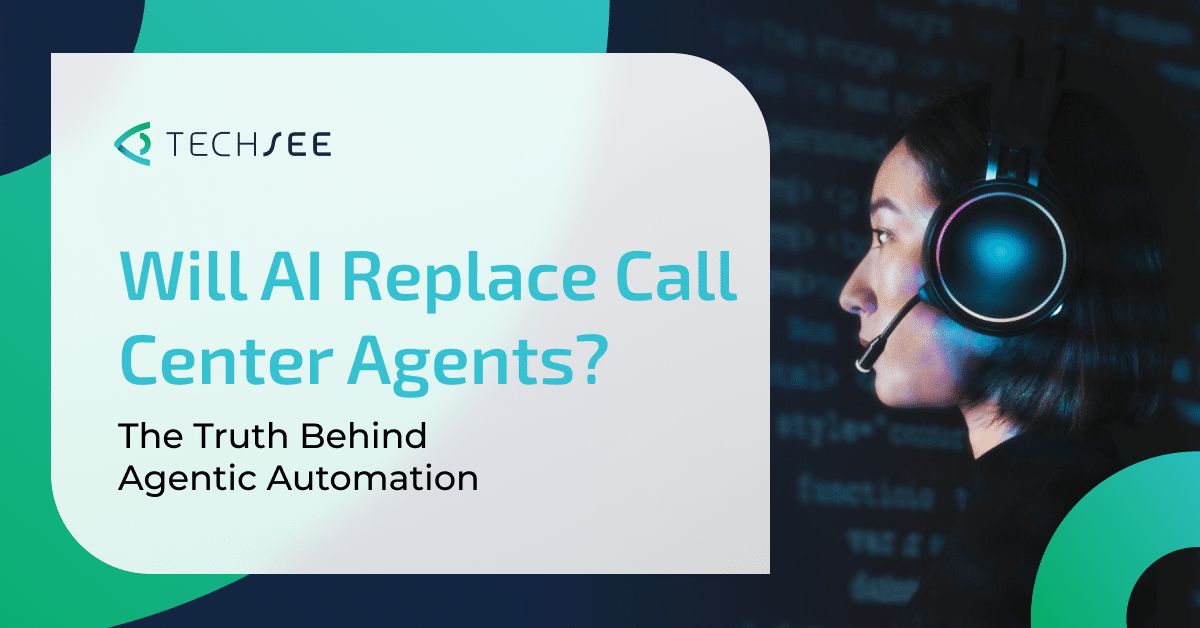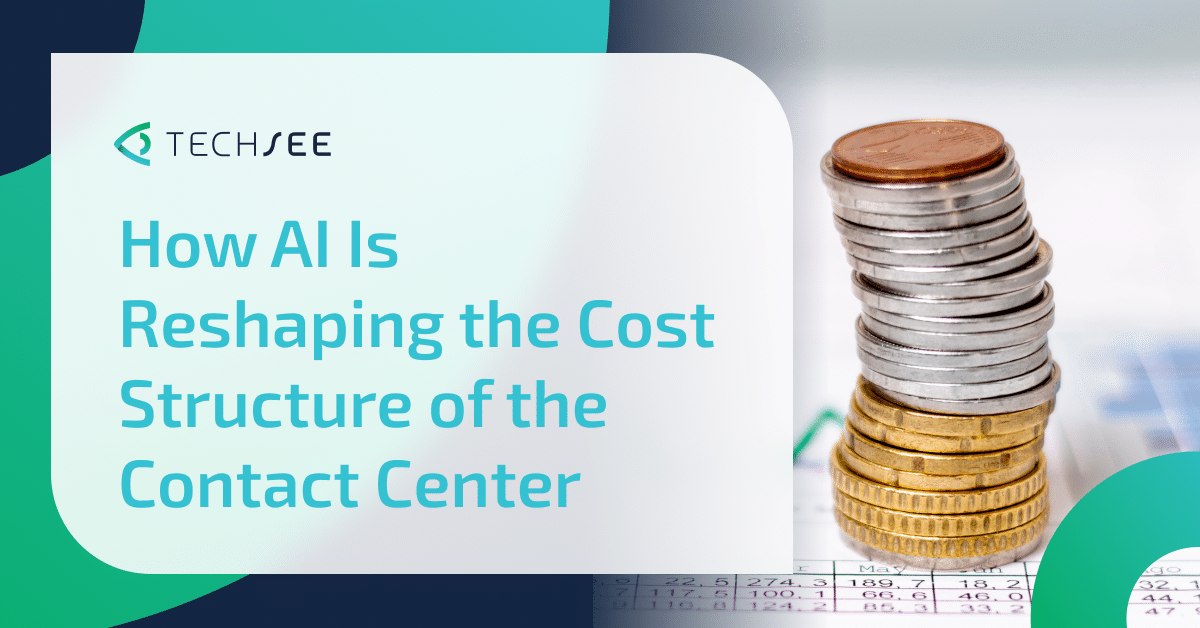What is Average Handle Time (AHT)?
Average Handle Time (AHT) is a crucial service metric used to measure the average duration of customer interactions from start to finish. This includes the time a customer takes to initiate contact, the duration of the interaction, and any post-interaction activities such as follow-up emails or data entry. AHT is a key performance indicator (KPI) for customer service and support teams, reflecting the efficiency and effectiveness of handling customer inquiries, issues, or requests.
Importance of AHT in Customer Service and CX
- Efficiency Measurement:
- Operational Efficiency: AHT is a direct indicator of the efficiency of customer service operations. Lower AHT values typically suggest that customer interactions are handled quickly and efficiently, contributing to higher productivity and lower operational costs.
- Resource Management: Monitoring AHT helps in resource planning and allocation. By understanding how long typical interactions take, managers can better schedule staff and allocate resources to meet demand without overstaffing or understaffing.
- Customer Satisfaction:
- Quick Resolutions: Shorter AHT often correlates with quicker resolutions, which can enhance customer satisfaction. Customers appreciate swift and efficient service, and reducing AHT can improve overall customer experiences.
- Balancing Speed and Quality: While reducing AHT is important, it must be balanced with the quality of service. Rushing interactions to lower AHT can lead to unresolved issues and decreased customer satisfaction.
Calculating Average Handle Time (AHT)
AHT is calculated using the formula:
- Total Talk Time: The cumulative time spent talking to customers.
- Total Hold Time: The cumulative time customers spend on hold.
- After-Call Work Time: The time spent on post-call activities, such as updating records or sending follow-up communications.
- Total Number of Calls Handled: The total number of customer interactions during the measured period.
Role of Technology in Optimizing Average Handling Time (AHT)
- Multisensory AI and Multimodal AI:
- Enhanced Understanding: AI technologies, including multisensory and multimodal AI, can significantly reduce AHT by quickly understanding and addressing customer queries. For example, AI agents can simultaneously process voice and text inputs, leading to faster comprehension and response.
- Visual and Voice AI Integration: Technologies like visual AI and voice AI allow for more intuitive interactions. Visual AI can process and analyze images or videos sent by customers, while voice AI can handle spoken inquiries efficiently, contributing to lower AHT.
- AI Agents and Agent Assist:
- AI Agents: Fully automated AI agents can handle routine and repetitive tasks autonomously, significantly reducing the time required for human agents to manage these interactions. This leads to a lower AHT as simple queries are resolved instantly.
- Agent Assist (CoPilot): These tools support human agents by providing real-time information, suggestions, and context during interactions. By leveraging large language models (LLMs) and other AI technologies, Agent Assist can help human agents respond more quickly and accurately, thus reducing AHT.
Reducing AHT with Customer Service Automation
- Automated Responses:
- Knowledge Base Integration: AI-powered chatbots and virtual assistants can access and deliver information from a comprehensive knowledge base, providing instant answers to common questions and significantly reducing handling time.
- Predictive Analytics: AI can predict the nature of customer inquiries based on historical data and context, allowing for faster and more accurate responses.
- Streamlined Processes:
- Workflow Automation: Robotic process automation (RPA) can handle backend processes and data entry tasks automatically, reducing the time agents spend on post-interaction work and thus lowering AHT.
- Integrated Systems: Seamless integration of CRM, ERP, and other enterprise systems ensures that agents have all necessary information at their fingertips, reducing the time spent searching for data during interactions.
Considerations for Managing AHT
- Balancing Efficiency and Quality:
- Training and Support: Agents should be trained to handle interactions efficiently while maintaining high service quality. Continuous training and support can help agents improve their skills and reduce AHT without compromising customer satisfaction.
- Feedback Loops: Regular feedback from customers can help identify areas where service quality may be compromised in pursuing lower AHT, allowing for adjustments to maintain a balance.
- Technology Implementation:
- Adopting the Right Tools: Implementing the right AI and automation tools is crucial for effectively reducing AHT. These tools should be chosen based on their ability to integrate with existing systems and their effectiveness in addressing common customer inquiries.
- Monitoring and Optimization: Continuous monitoring and optimization of AI and automation tools ensure they effectively reduce AHT while meeting evolving customer needs.
Benefits of Optimizing Average Handling Time (AHT)
- Increased Productivity:
- Operational Efficiency: Lower AHT directly translates to higher productivity, as agents can handle more interactions in less time. This can lead to significant improvements in overall service efficiency and effectiveness.
- Cost Savings:
- Resource Optimization: Efficient handling of customer interactions reduces the need for additional staff, leading to cost savings. This is particularly important during peak times or periods of high demand.
- Reduced Training Costs: Efficient systems and tools reduce the need for extensive agent training, as AI can handle routine queries, allowing agents to focus on more complex tasks.
- Enhanced Customer Experience:
- Faster Resolutions: Customers receive faster responses and resolutions, improving their overall experience and satisfaction with the service.
- Consistent Quality: Automated systems ensure consistent service quality, which is crucial for maintaining customer trust and loyalty.
Conclusion
Average Handle Time (AHT) is a vital metric for assessing and improving the efficiency of customer service operations. By leveraging advanced technologies like multisensory AI, multimodal AI, AI agents, and customer service automation tools, businesses can significantly reduce AHT while maintaining or even enhancing service quality.
Understanding and optimizing AHT is essential for enterprise decision-makers to improve operational efficiency, reduce costs, and enhance customer satisfaction. Implementing the right technologies and maintaining a balance between speed and quality can drive significant improvements in customer service performance.
To learn more about how Sophie AI’s customer service automation solutions can help optimize your AHT, please schedule your complimentary demo today.





